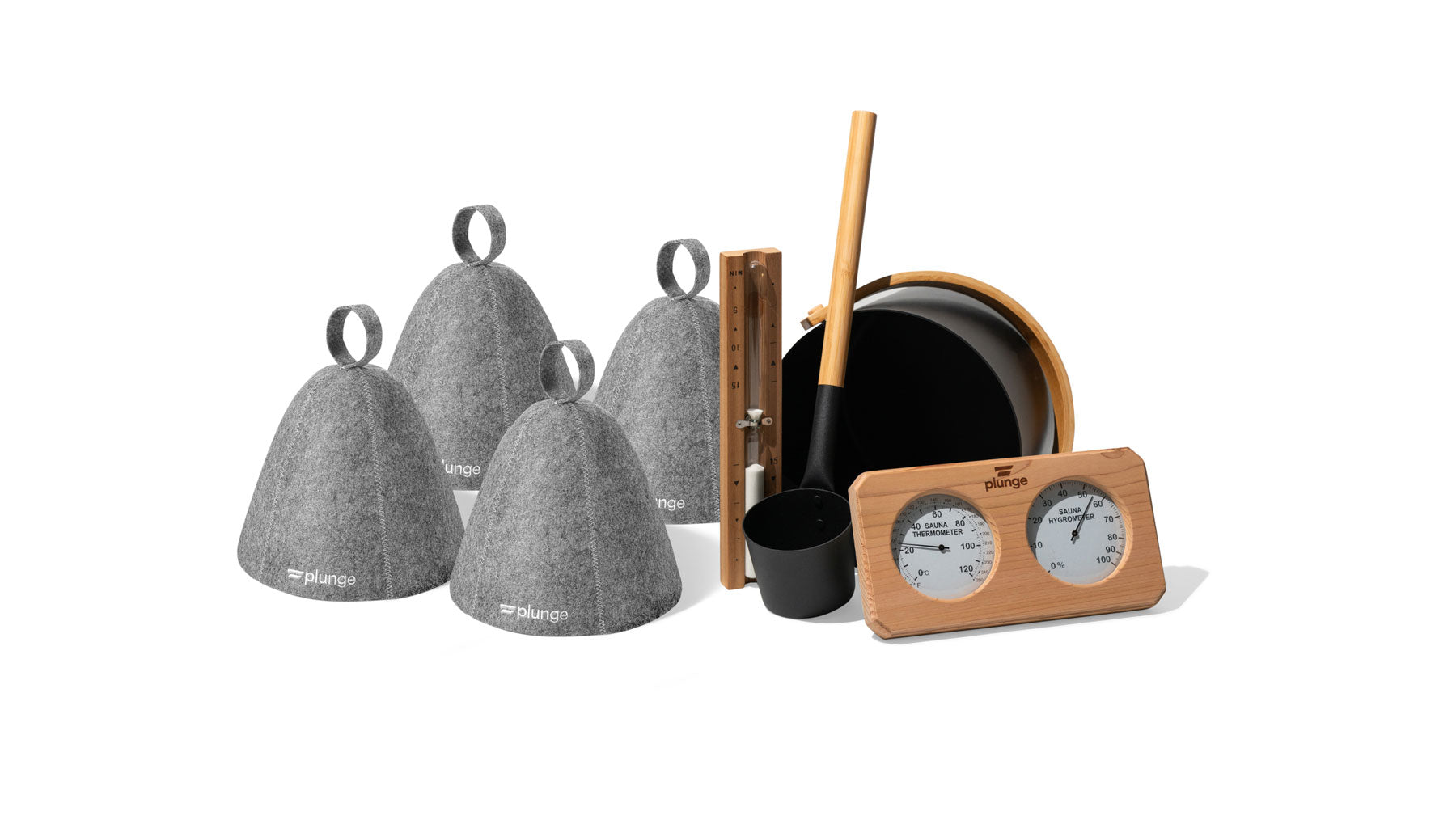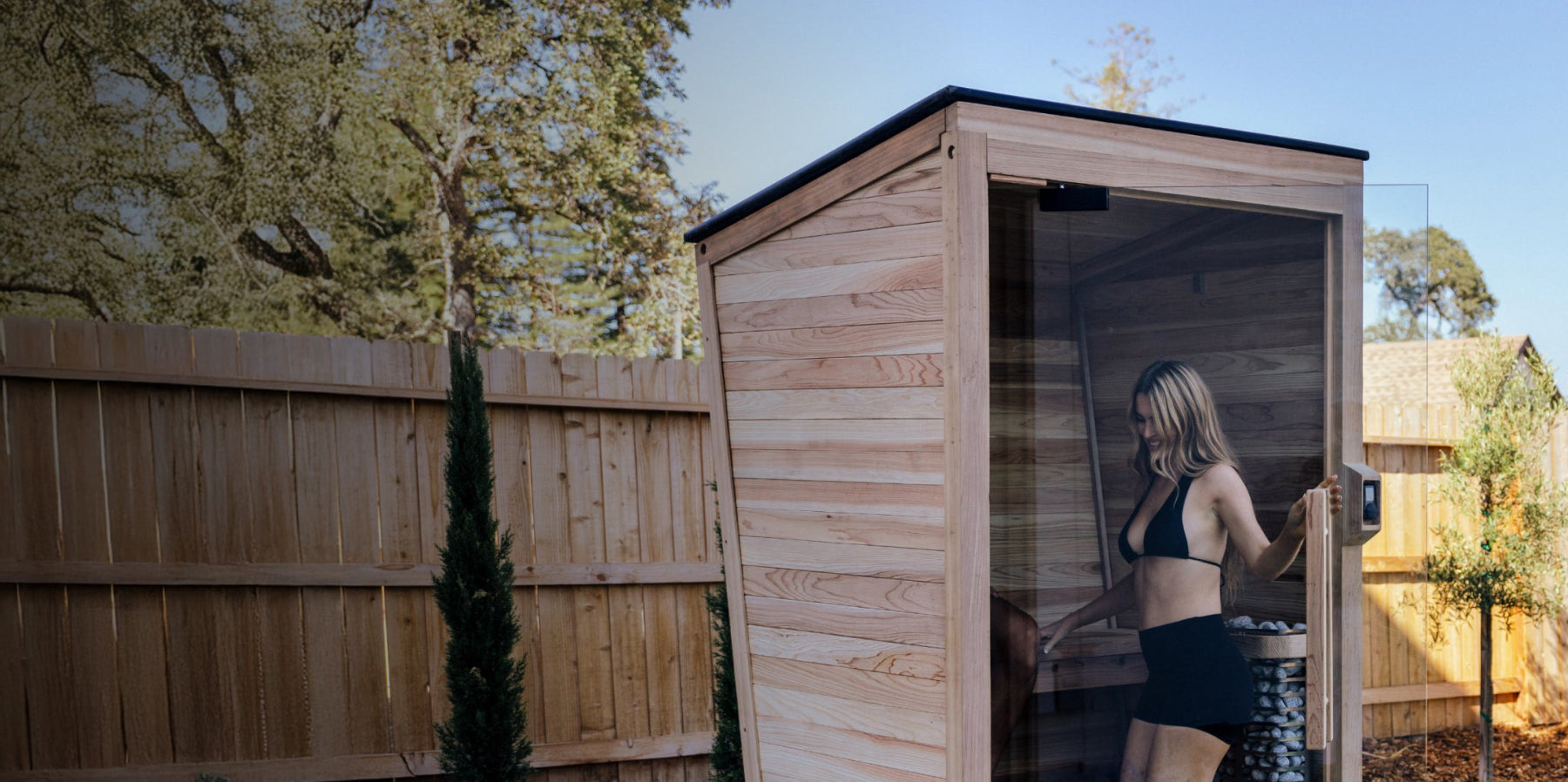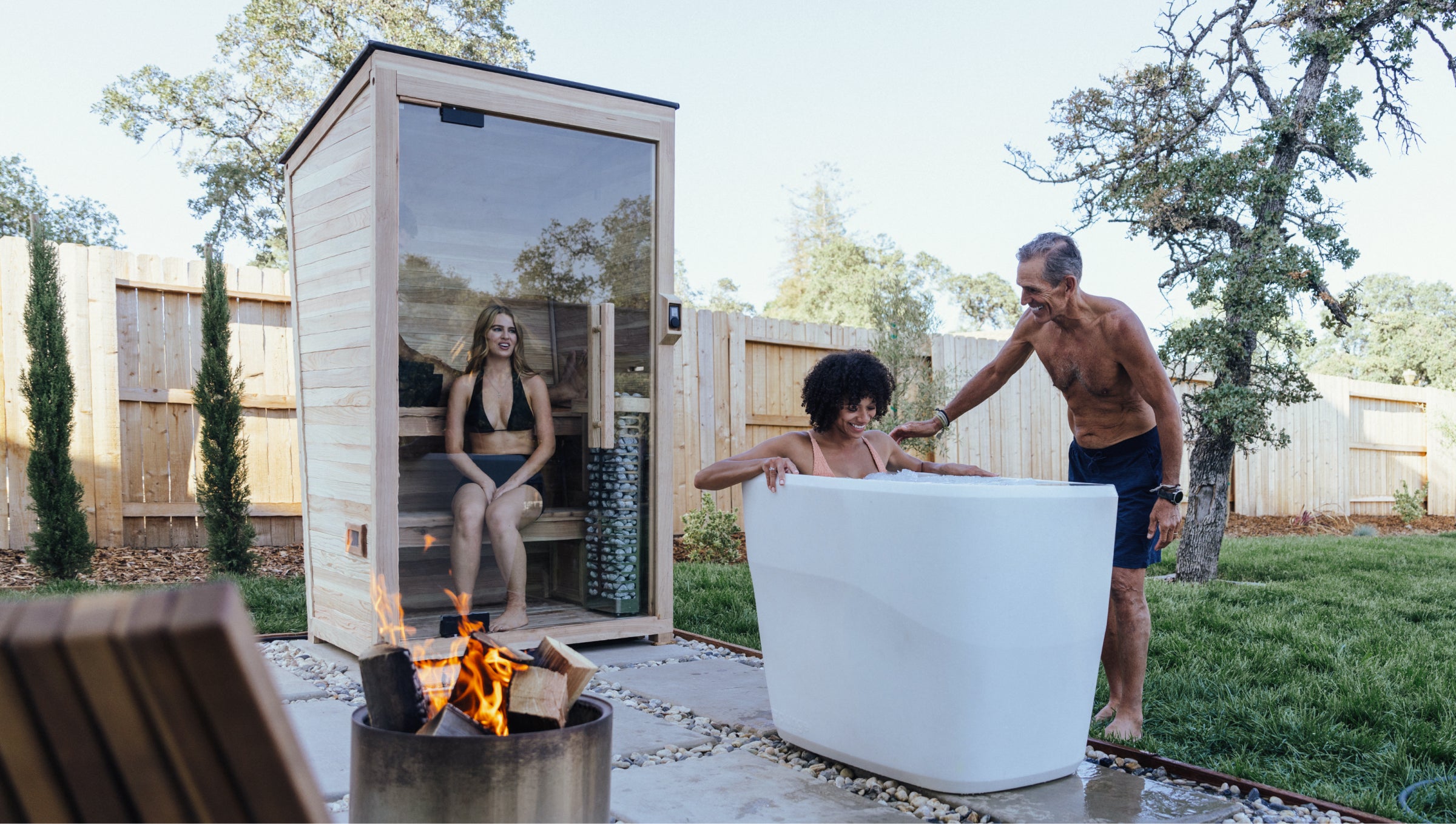
Seasonal Affective Disorder Treatments to Prevent Seasonal Depression
After the long, hot days of summer, many people welcome the cooler seasons. However, the shorter, darker days of fall and winter can bring on seasonal depression, commonly referred to as the winter blues. For some, these seasonal shifts bring on seasonal affective disorder, or SAD, a form of depression that affects mental health during specific times of the year— most often in winter.
The good news is that seasonal affective disorder treatments are available, and small lifestyle changes can make a meaningful difference. In this article, we’ll explore the causes, symptoms, and effective ways to manage or prevent SAD. You may even be surprised to discover how tools like cold plunges and saunas can play a role in supporting your mental well-being during these colder months.
What is Seasonal Affective Disorder?
Seasonal affective disorder, appropriately shortened to SAD, is a form of depression that occurs at the same time each year, most commonly in fall and winter. Linked to shorter days and reduced sunlight, it can affect energy levels, mood, and everyday activities. Though it primarily occurs in the colder months, some people may experience it during spring or summer.
SAD goes beyond temporary feelings of sadness or the “winter blues” — it’s a diagnosable condition that can significantly impact mental health and quality of life. Each year, around 5% of U.S. adults experience symptoms severe enough to interfere with their daily routines, according to the Cleveland Clinic. Scientists are still unsure of the exact causes of SAD.
What is Seasonal Depression?
Seasonal depression, also known as seasonal affective disorder, is classified as a subtype of major depressive disorder that follows a seasonal pattern. While mood disorders like depression and bipolar disorder are often discussed, SAD differs in that its symptoms emerge during specific seasons, most commonly in fall and winter, and subside during sunnier months.
Mood disorders are mental health conditions that can greatly affect a person’s emotions, mindset, and ability to carry out daily activities. What makes seasonal depression unique is how closely it aligns with changes in the environment —such as shorter days and reduced sunlight— unlike major depression, which can occur at any time of the year.
Seasonal Affective Disorder Symptoms
Seasonal affective disorder can affect both your mood and physical well-being, with symptoms similar to those of other types of depression. Below are some of the most common symptoms to look out for:
- Feeling sad or down most of the time
- Low energy and constant fatigue
- Increased sleeping or persistent drowsiness
- Difficulty concentrating or staying focused
- Loss of interest in activities you usually enjoy
- Increased appetite and overeating
- Weight gain
- Irritability and anxiety
- Decreased libido
- Feelings of guilt or worthlessness
Seasonal Affective Disorder Treatments
There are several effective ways to manage and prevent seasonal affective disorder. Many strategies work best when used together. For more serious symptoms, it’s important to consult a healthcare provider who may suggest professional treatments. However, there are also natural, accessible self-care strategies you can try at home to help ease symptoms and improve mental health. Below are some practical options to consider.
1. Practice Light Therapy
Light therapy is one of the most common treatments for seasonal affective disorder. It involves using a light therapy box that mimics natural sunlight to help boost mood and reduce fatigue. A 20 to 30-minute session each morning can be effective in alleviating symptoms. Look for a 10,000-lux light box for the best results. Light therapy is especially useful during the darker months when sunlight exposure is limited.
2. Take Walks Outside
Getting outside during daylight hours is a simple but powerful way to combat SAD symptoms. Even on dreary or cold days, natural light can have a positive effect on mood and help regulate your body’s internal clock. Incorporating a daily walk, run, or outdoor activity into your routine provides both physical exercise and exposure to natural light, which may reduce anxiety and improve mental well-being.
3. Create a Cold Plunge Routine
Although it may seem counterintuitive during colder winter months, cold plunging or ice baths can significantly improve mood and mental clarity. The brief shock of cold water triggers the release of endorphins, leaving you feeling energized and alert. Regular cold plunges can help alleviate symptoms of fatigue, difficulty concentrating, and drowsiness associated with seasonal affective disorder. Establishing a consistent routine can enhance these benefits, providing a structured way to support both your mental and physical well-being throughout the season.
4. Eat Well-Balanced Meals
Seasonal affective disorder can trigger increased appetite and overeating. Prioritizing nutritious, well-balanced meals can help combat these symptoms and stabilize your mood. Foods rich in omega-3 fatty acids (like salmon) and complex carbohydrates (like whole grains) are known to boost serotonin levels, promoting mental well-being. It’s also a good idea to limit sugary foods, which can cause energy crashes. If you enjoy cooking, use this season as an opportunity to explore new recipes and engage in a mood-lifting activity.
5. Use a Sauna to Improve Your Mood
Saunas offer both physical and mental health benefits, making them an excellent tool for managing seasonal affective disorder. The warmth and heat trigger the natural release of endorphins and help lower cortisol levels, reducing stress and anxiety. Saunas can also provide comfort and relaxation during the colder, darker months, offering a welcome escape from the winter chill. Additionally, using a sauna can become a social activity, giving you the chance to connect with others while promoting relaxation and well-being.
6. Practice Yoga and Meditation
Yoga, meditation, and mindfulness practices can be powerful tools for managing the symptoms of seasonal affective disorder. Gentle yoga poses combined with breathwork help reduce stress, promote relaxation, and improve mood. Simple poses, like a standing backbend or one-legged balance, can be practiced indoors or outdoors, depending on your preference. For a deeper practice, instructor-led classes in heated studios offer a social component and a chance for a longer workout.
7. Prioritize Good Sleep Hygiene
Creating and maintaining a good sleep schedule can also help mitigate the effects of SAD during the winter months. In the evening, create a relaxing routine. Studies have shown the importance of reducing screen time ahead of bed, as well as minimizing blue light exposure, and ensuring your bedroom is cool, dark, and quiet. Getting 7 hours or more sleep a night can help you feel rested the following day.
8. Pursue Beloved and New Hobbies
Engaging in creative activities such as painting, writing, or making music can have a positive impact on mental well-being. Exploring new hobbies —like cooking, crafting, or gardening— offers a fun way to reduce stress and stay engaged during the winter months. Hobbies can also provide opportunities to connect with friends and build a sense of community. Whether you’re revisiting old passions or trying something new, prioritizing time for activities you enjoy can help lift your mood.
9. Connect with Family and Friends
Social isolation during the colder months can exacerbate symptoms of seasonal affective disorder. Maintaining regular connections with loved ones is essential for supporting mental well-being. This can involve scheduling phone calls, planning social activities, or simply spending quality time with those you care about. Social support plays a crucial role in mental health, so don’t hesitate to lean on family and friends during difficult moments. Communicating your needs openly is important—being vocal about what you need is a healthy step toward feeling supported.
10. Take Time to Travel
If it’s within your means, traveling during the fall and winter months can provide a much-needed escape from the colder, darker seasons. Visiting warm, sunny destinations not only lifts your mood but also gives you something exciting to plan and look forward to. Traveling with friends or family can further enhance the experience, building connection and camaraderie. If long-distance travel isn’t possible, consider exploring nearby towns, parks, or seasonal events—even a short getaway can provide a refreshing boost to your mental health.
Embrace Self-Care to Manage Seasonal Affective Disorder
Seasonal affective disorder can affect both your mood and daily routine, but taking proactive self-care steps can help you manage symptoms and enjoy the fall and winter months. Simple practices like light therapy, regular exercise, social connection, and cold plunges can make a meaningful difference. Prioritizing your well-being is key to navigating the challenges of SAD.
As you embark on your self-care and mental wellness journey, consider exploring our revolutionary Plunge All-In and cedar and hemlock at-home saunas for the ultimate relaxation and rejuvenation experience. Invest in your self-care routine today and discover the transformative power of nurturing your mind, body, and soul!
All of our cold plunge tubs and saunas are available with flexible financing options that work for you. We’ve also teamed up with TrueMed to give you the ability to use your Health Savings Account (HSA) or Flexible Spending Account (FSA) for your Plunge or Sauna purchase. Head to this page to learn more about how you can put your pre-tax dollars to work and unlock up to 40% in savings!


























